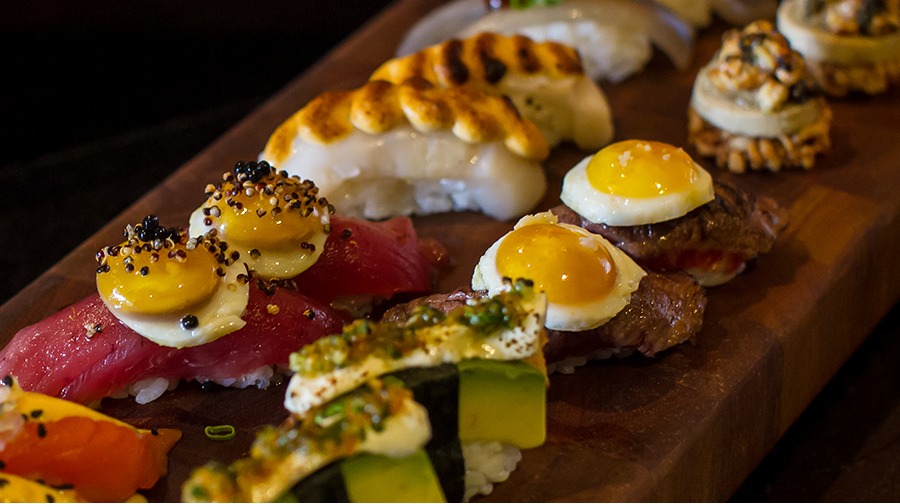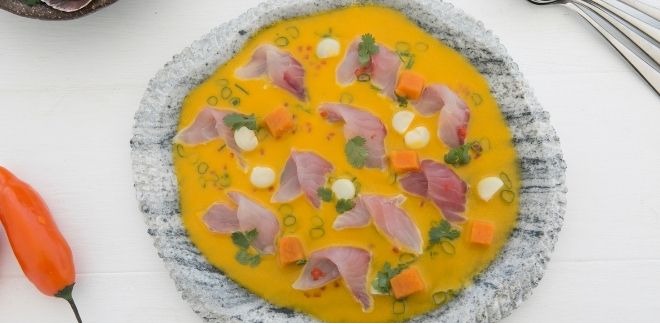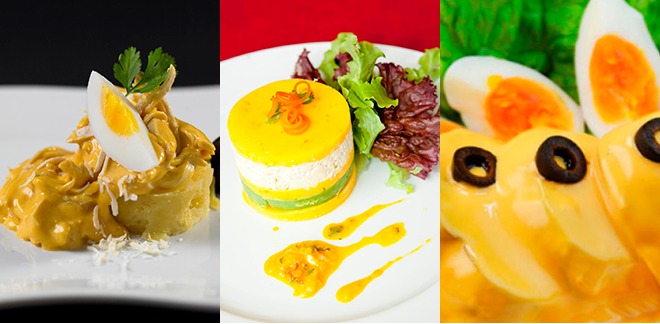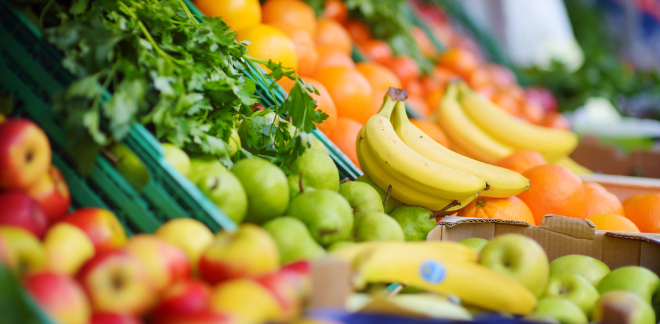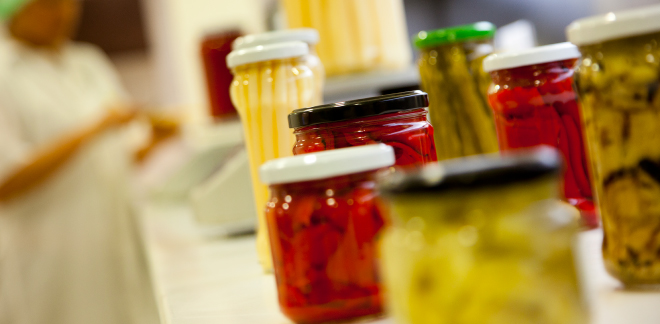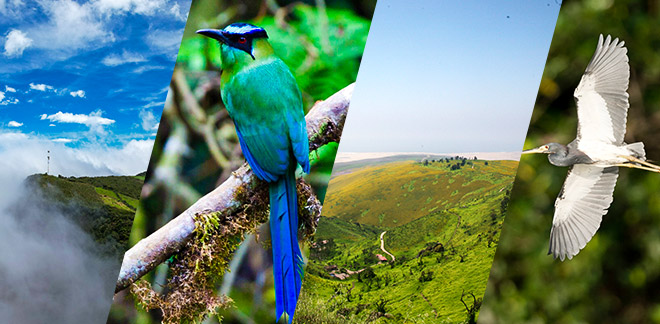Fusion and taste, discover Nikkei cuisine
Síguenos en:Google News
It was 1899 when 790 Japanese immigrants arrived at the port of Callao aboard the ship Sakura Maru. They came to work in the various sugar and cotton farms. With the passing of the years, the number of immigrants grew so much so that by 1936, there were already 36,000 Japanese in our country.
Since the Japanese could not find the necessary ingredients in Peru to develop the characteristic dishes of their cuisine, they chose to use Peruvian products such as yellow pepper, pisco, octopus, lemon and rocoto pepper. This is how delicious dishes such as tiradito, octopus with olive sauce, shrimp tempura, fish with garlic, among others, have been created.
Pioneering Chefs
For chef Humberto Sato, founder of Costanera 700, Nikkei cuisine began in the 1960s with Minoru Kunigami and his restaurant La Buena Muerte.
The same idea is shared by the writer Josefina Barrón and the Peruvian chef Mitsuharu Tsumura, who in the book Nikkei es Perú ('Nikkei is Peru'), maintain that Nikkei cuisine has developed in 3 stages, with the first taking place in 1950 when Japanese immigrants prepared Peruvian dishes in diners or small businesses; and that's when La Buena Muerte (The Good Death) appeared.
"They didn't know they were pioneers of a new way of cooking. It was about surviving by doing the best they could. The Japanese flavor got into the Creole seasoning", says Tsumura, who owns and founded Maido, which in 2018 was recognized for the second consecutive year as the Best Restaurant in Latin America.
"Every empire needs a founder and that was to be Minoru Kunigami, a cook who captivated a population accustomed to chicken and meat with his proposal of fish and seafood. He re-educated Lima's palate and popularized raw foods," he adds.
The second stage refers to Nobuyuki Matsuhisa and Toshiro Konishi, who arrived in Peru in the 70's and founded the Matsuei restaurant. "Japanese companies come and need to have their own cuisine, since they are so accustomed to their diet, technique and flavors", adds Tsumura.
Santini de los Santos, a chef who worked with Toshiro for more than 20 years, stressed the tenacity and dedication that Konishi had when it came to cooking, "his philosophy was to maintain the main flavor of the ingredients and respect them", he said. For many, it was these chefs who laid the foundations of what is now known as Nikkei cuisine.
In the third stage, Japanese and Creole cuisine was combined with Japanese touches, giving rise to Nikkei sushi. Mitsuharu, Hajime Kasuga, Rafael and Toshi Matsufuji, Diego Oka and Yaquir Sato, among others, are part of this new generation of Nikkei chefs.
The Best of Both Worlds
Nikkei means "far from Japan" and is used to define people of Japanese descent who reside outside their country and bring their customs and lifestyle to other communities. It is also the term used to refer to the fusion that arose between Peruvian and Japanese food.
And it is thanks to this fusion that we can enjoy delicacies like octopus with olive sauce, created by Rosita Yimura, daughter of Japanese immigrants who arrived in Peru in 1935. Yimura managed to bring octopus into the spotlight, since before then the mollusk was returned to the sea as it was not part of any Peruvian dish.
Another treat is fish tiradito, a dish that combines the sashimi technique when filleting with the tiger’s milk from ceviche. This gastronomy also includes maki rolls that, thanks to this fusion, can be stuffed with smoked trout, quinoa, lomo saltado, crabmeat, salmon, prawns, and many other things.
It is important to emphasize that it was necessary to begin growing Japanese vegetables in Peru in order to develop Nikkei cuisine, and to produce products such as pasta, sauces, soy cheeses and pickles. It is also thanks to them that products such as octopus or eel began to be reassessed and used in Peruvian homes.
Sources: Perú 21/ es.aleteia.org/ infobae.com/ discovernikkei.org/ apj.org.pe/ aboutespanol.com



